The ongoing Israel-Hamas conflict enforced divisions between individuals of Israeli and Palestinian descent. Following Oct. 7, major U.S. news sources constructed entire sections towards recent developments, and updates on the conflict persist in everyday news. The widespread coverage of the Israel-Hamas conflict calls for recognition of wavering media credibility and objectivity.
Digital platforms stand as the most common medium for U.S. adults to access their news, and nearly half of U.S. adults often access social media sites to receive their news, according to studies conducted by the Pew Research Center. In an age where news aggregators like Apple News circulate existing content to large audiences, nearly a quarter of Americans cannot identify which prominent U.S. news sources do their own first-hand reporting.
As a result, readers with varying knowledge of history and bias in news sources can form different opinions on the information that online sources present.
It removes part of the history of the conflict, and makes it seem like it’s a whole new thing
— Reza Jalil (12), Pakistani-American student
Readers commonly receive news on social media, which may not provide truthful information. False information spreads faster than truthful information according to a 2018 study conducted by researchers at MIT.
“I would really strongly reiterate to everybody that we have a tendency to see what looks like an infographic on Instagram and immediately believe that the information is true because it is presented in an infographic style layout,” upper school world history teacher Bronwen Callahan said. “I would just encourage everybody to really look at the wording and the accounts that are sharing them.”
Official news outlets may also generalize issues by publishing articles that do not provide complete context. This is done in an attempt to compete for viewers’ attention in a phenomenon called “attention economy,” a concept first developed by Herbert A. Simon in the late 1960s. The concept explains that a human’s capacity for attention is limited, and a large number of entities, such as the media, vie for that attention.
Business and entrepreneurship teacher Michael Acheatel follows the media’s coverage of the Israel-Hamas conflict and notices that the media oversimplifies the ongoing conflict through various shortcomings.
Whether it is attempting to either showcase the result of one side’s suffering as a result of the others, regardless of whatever the media’s angle is, I find it as an oversimplification
— Michael Acheatel
In times of violent conflict, news sources may intentionally attempt to communicate views through stylistic elements such as word choice and omission. These elements can go unnoticed by readers.
Dr. Yonatan Mendel, a senior lecturer in the Department of Middle Eastern Studies at the Ben-Gurion University of the Negev, commented on the use of diction in Israeli media portrayal of the Israeli-Palestinian conflict in a 2008 journal from the London Review of Books.
Following a violent incident, the Israel Defense Forces (IDF) “confirms” a report while the Palestinians “claim.” Palestinians are not murdered, but rather “were hit,” “were killed” or “found their death.” In addition, IDF operations are never “launched.” They “respond” to missiles, attacks and violence. Palestinians “provoke,” “attack” or “incite.”
A similar possibility of word choice conveying a veiled version of the truth is present in the Western media’s coverage on Israel and Gaza.
“Depending on which side, they’ll change up the words,” Reza said. “For example, look at Palestine, instead of ‘slaughter,’ they’ll say, ‘Israeli forces killed Palestinians.’ But then when it’s the other way, they’ll use words like ‘slaughter,’ ‘dismember’ and ‘decapitated.’”
Office of Communication news and information manager Zach Jones said he noticed different language used to report on Israeli and Palestinian deaths.
“Just little things about the coverage that you will notice don’t come across as outwardly biased,” Jones said. “But upon further examination, the question then becomes, well, ‘How did they die?’”
This strategy in media coverage emphasizes the need for media literacy, according to Jones. Media literacy encourages readers to recognize how online media impacts their thoughts, emotions or behavior.
I think a lot of media literacy starts with asking a very simple question: Where am I getting this info from? And second of all, why might they have some kind of interest in reporting it in this way?
— Zach Jones, Office of Communication news and information manager
Callahan also reiterated the importance of media literacy. News contains inherent biases, and the usage of words and the depiction of a conflict can sway unknowing audiences.
“News is always written by someone, and that person does have an opinion and is collecting from one source or another and is getting information from one group and not another,” Callahan said. “And it’s why media literacy is so important.”
Objective reporting, however, is not beneficial either, according to Jones. He explained objective reporting can cause the media to ignore power dynamics that, in this context, are established by the history of Israeli-Palestinian conflicts.
“Aiming for objectivity ignores power dynamics,” Jones said. “If you’re doing your job as a journalist, which is mainly researching, you do start to understand how power dynamics work. Not honestly reporting on that is a disservice to people.”
In addition, generalized reporting can cause polarizing divides in the public sphere. Callahan explained that generalizations that result in the unjust labeling of people fuels social tension.
I think some of the roots of why people are offending so many people comes from people over-generalizing one person to represent a whole group
— Bronwen Callahan, world history teacher
Stories containing bias, misinformation and generalization can exacerbate social divides. Many Americans already fault news and social media for encouraging social division by conditioning individuals with different beliefs to see each other as enemies. This discontent can only be furthered in times of grief and polarity through the veiled, inaccurate stories that the media presents.
“When you see something sensational on social media, immediately recognize that this is probably affirming some bias that I already had, which is why I’m seeing it in the first place on my social media because the algorithm knows what I like,” Acheatel said. “It’s affirming my own existing biases so I need to challenge that. I think the biggest thing is to challenge what you do see on social media, know your sources, and then ultimately, expect better out of your media outlets.”
This story was originally published on Harker Aquila on January 30, 2024.


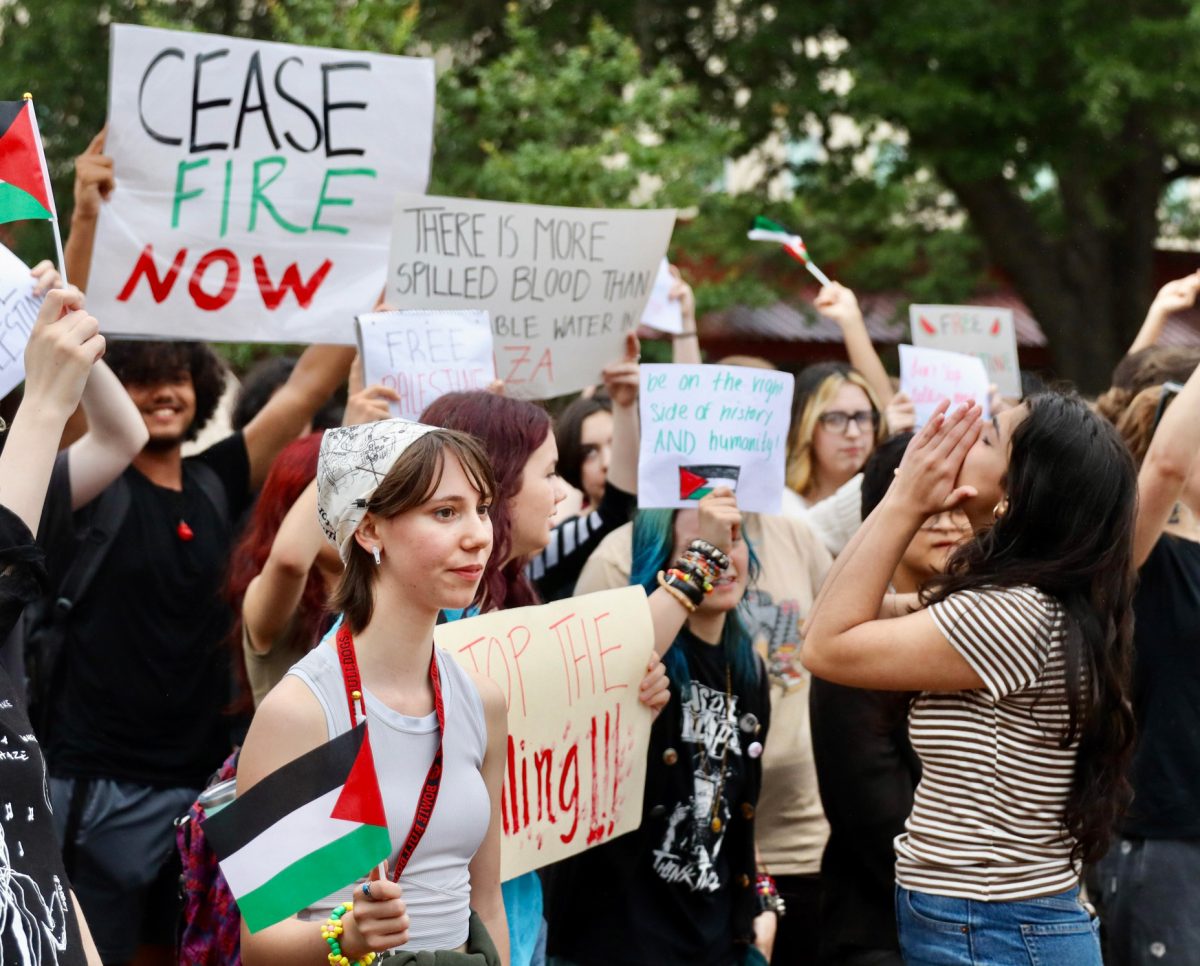
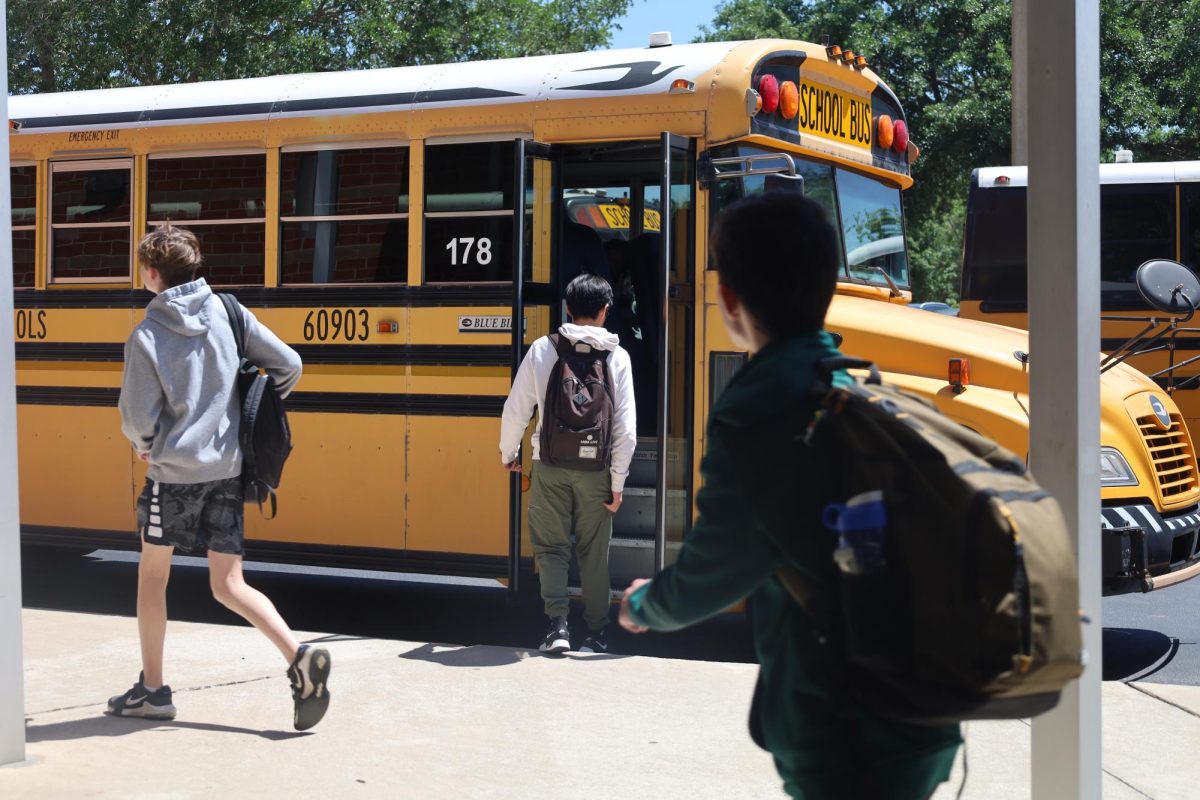



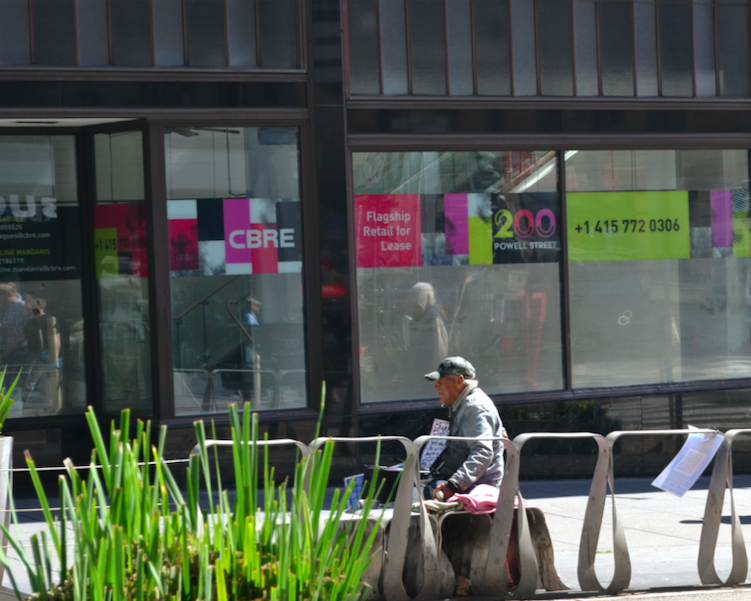


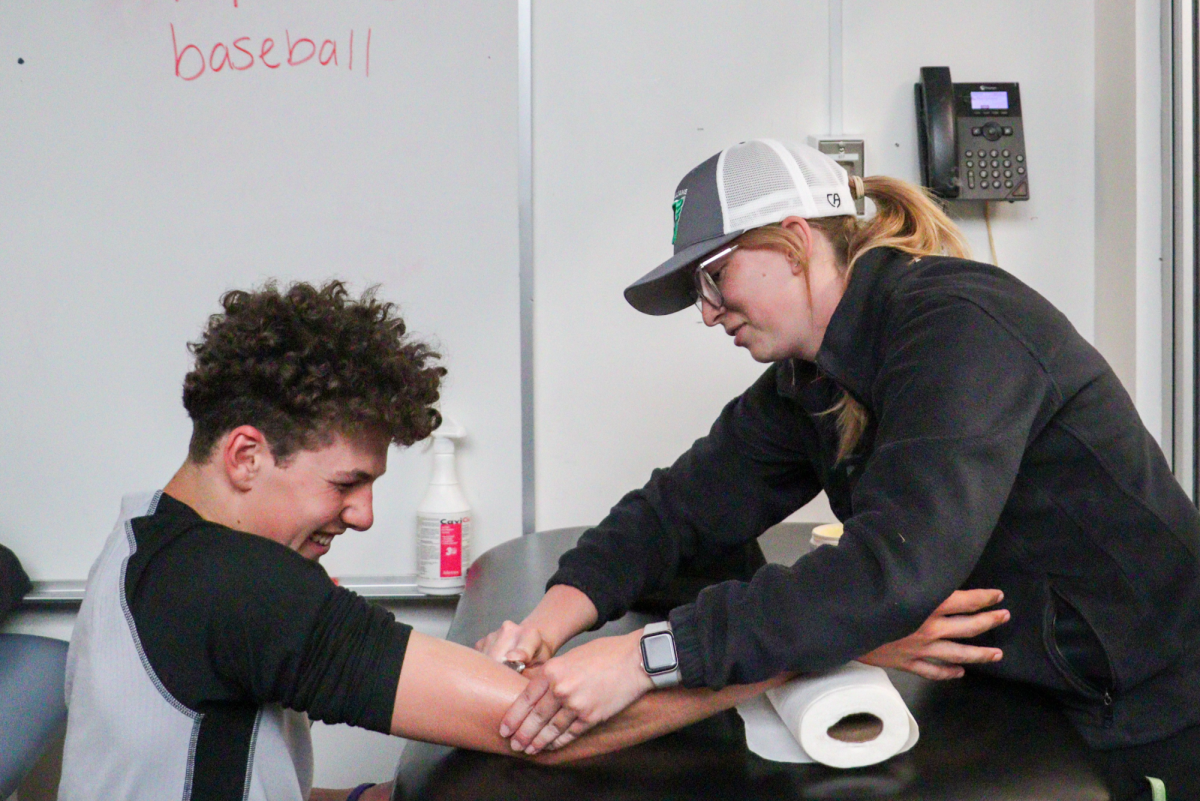










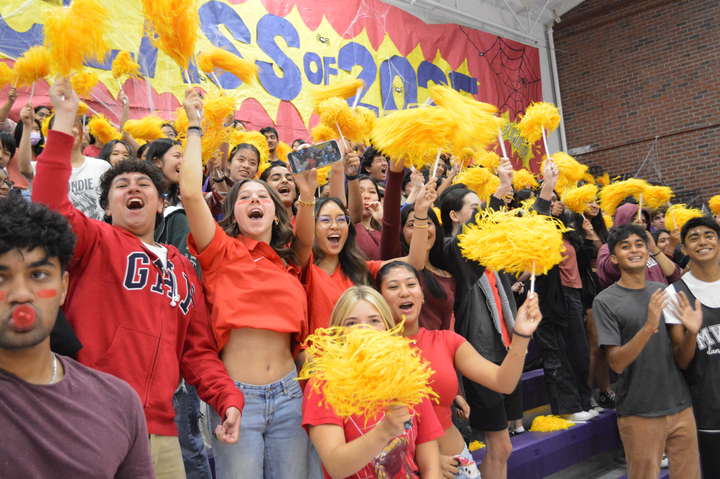
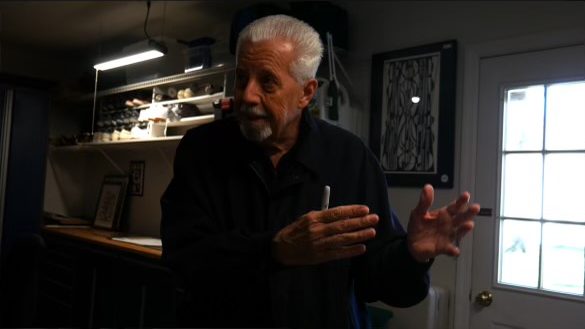
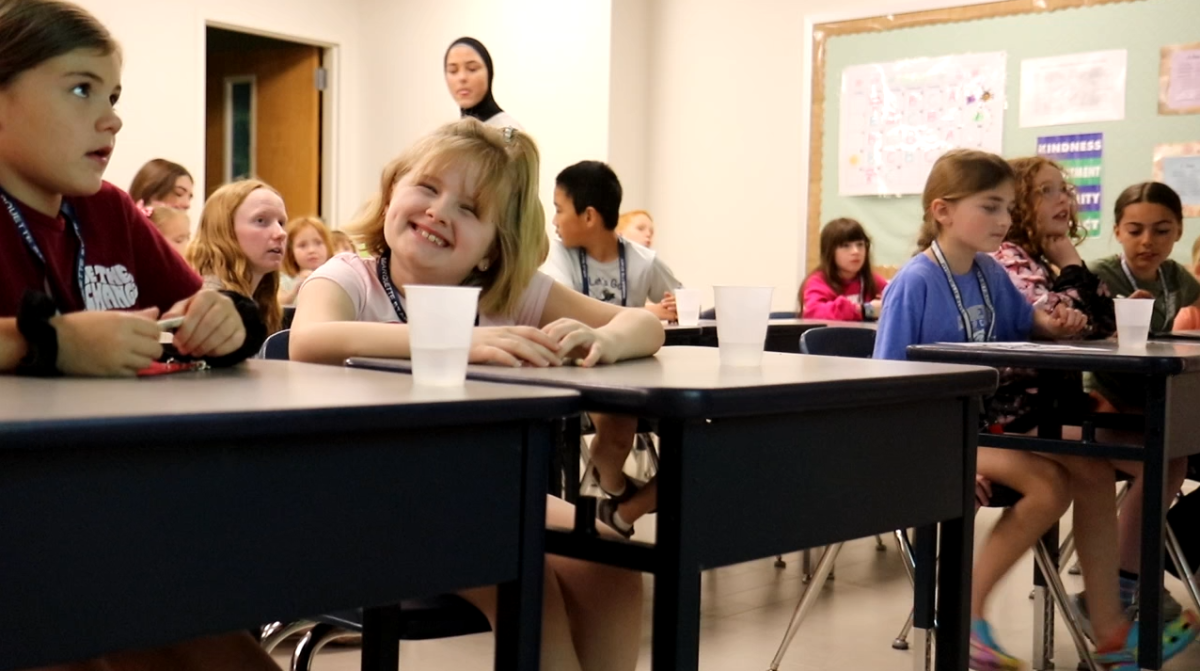








![IN THE SPOTLIGHT: Junior Zalie Mann performs “I Love to Cry at Weddings,” an ensemble piece from the fall musical Sweet Charity, to prospective students during the Fine Arts Showcase on Wednesday, Nov. 8. The showcase is a compilation of performances and demonstrations from each fine arts strand offered at McCallum. This show is put on so that prospective students can see if they are interested in joining an academy or major.
Sweet Charity originally ran the weekends of Sept. 28 and Oct. 8, but made a comeback for the Fine Arts Showcase.
“[Being at the front in the spotlight] is my favorite part of the whole dance, so I was super happy to be on stage performing and smiling at the audience,” Mann said.
Mann performed in both the musical theatre performance and dance excerpt “Ethereal,” a contemporary piece choreographed by the new dance director Terrance Carson, in the showcase. With also being a dance ambassador, Mann got to talk about what MAC dance is, her experience and answer any questions the aspiring arts majors and their parents may have.
Caption by Maya Tackett.](https://bestofsno.com/wp-content/uploads/2024/02/53321803427_47cd17fe70_o-1-1200x800.jpg)
![SPREADING THE JOY: Sophomore Chim Becker poses with sophomores Cozbi Sims and Lou Davidson while manning a table at the Hispanic Heritage treat day during lunch of Sept 28. Becker is a part of the students of color alliance, who put together the activity to raise money for their club.
“It [the stand] was really fun because McCallum has a lot of latino kids,” Becker said. “And I think it was nice that I could share the stuff that I usually just have at home with people who have never tried it before.”
Becker recognizes the importance of celebrating Hispanic heritage at Mac.
“I think its important to celebrate,” Becker said. “Because our culture is awesome and super cool, and everybody should be able to learn about other cultures of the world.”
Caption by JoJo Barnard.](https://bestofsno.com/wp-content/uploads/2024/01/53221601352_4127a81c41_o-1200x675.jpg)



